Africa
Americas
Asia
Europe
Oceania
By Season
By Interest
By Group
What to see in Portugal
Lisbon
Tourist attractions Lisbon
Spread across seven hills on the banks of the Tagus Estuary is the Portuguese capital of Lisbon. The westernmost capital in Europe and the only capital on the Atlantic coast, Lisbon has a unique character and appearance; a masterpiece, crafted over many centuries. Known for its colourful hill-climbing street trams and Ponte 25 Abril bridge, which connects the capital to the municipality of Almada, if you travel to Lisbon you’ll have the chance to explore one of the oldest cities in the world, with countless historic sights to discover.
Lisbon skillfully fuses bustling city life with laid-back beach culture, with a string of rugged and beautiful Atlantic beaches just a stone’s throw away from the city centre. An important centre of culture, finance, education and international trade, Lisbon’s total area covers more than 100 square kilometres, so there are limitless places to visit if you choose a Lisbon city break.
This vibrant capital boasts a gorgeous Mediterranean climate, so you can expect mild winters and very warm summers. The best time to visit Lisbon is during the spring when you can soak up the soft spring sunshine and do plenty of sightseeing!
Home to diverse neighbourhoods and atmospheric squares, Lisbon is the perfect choice for a city-break or even a longer holiday. Easy to navigate on foot, the city’s comprehensive metro system or by catching the iconic Lisbon trams, the best way to experience the city is to get out and explore.
You can’t travel to Lisbon without getting excited about the local cuisine. Lisbon is a nirvana for foodies and is at the cutting edge of Portuguese cuisine. The bounty of Atlantic seafood is put to good use in the city’s restaurants and you can find excellent eats in both high-end restaurants and down-to-earth food markets. Of course, a trip to Lisbon is incomplete without indulging in a Portuguese custard tart, known as pastéis de nata, or two! Apparently, the Pastéis de Belém sells the most authentic version.
Although beautiful in the daytime, Lisbon springs to life at night. Lisboetas love to enjoy the cities bars and terraces late into the evening, so be sure to venture out after dark to absorb the electric atmosphere if you visit Lisbon.
What to see in Lisbon
There are many things to see in Lisbon but a good place to start is in the old neighbourhood of Alfama, the most traditional Bairro in the city. The steep cobblestone streets are flanked by colourful buildings and charming local cafes, each street revealing, little by little, the stories of days gone by. Sat in the shadow of Sao Jorge Castle, Alfama is famously the birthplace of Fado, a traditional style of Portuguese music. A morning spent exploring Alfama is sure to be a highlight of any tour of Lisbon.
At the very top of Alfama, you’ll find Sao Jorge Castle, which has kept watch over the city since the 5th-century when it was constructed by the Visigoths. Modified and extended over the centuries, it remains an emblem of the city today. The best miradouro, or viewpoint, in the entire city, head there at nightfall for a truly spectacular view.
Lisbon is known for its grandiose city squares, and perhaps the most famous is Praca do Comercio, or Commerce Square, once a centre of maritime trade and part of Lisbon’s seafaring heritage. Built on the site of the old Royal Palace after it was destroyed by an earthquake in 1755, the square is lined with vibrant yellow buildings and home to a number of monuments and landmarks such as the Rua Augusta Archa and a statue of King Joseph I.
Local life revolves around the city’s plazas, and Rossio Square in the Baixa neighbourhood is the best place to soak up Lisbon’s lively cafe culture. A meeting point for both locals and visitors, Rossio Square is packed with restaurants, cafes and bars. The square is filled with the hubbub of groups of friends and families on long summer nights and if you can bag yourself a table, it's the perfect place to sit back and soak up of atmosphere whilst sipping on a glass of fine Portuguese port.
At the heart of any trip to Lisbon is the Tagus River, and along its banks are countless places to sit and admire the views out towards the Atlantic Ocean. The neighbourhood of Belém is the most closely linked to the river and the Belém Tower stands testament to this. Built in 1520 and a UNESCO World Heritage Site, over the centuries this ornate fortified tower has served as a lighthouse, a customs house and as the ceremonial gateway to the city. Carved in limestone, the exterior is a fine example of Portuguese Manueline architecture and features the famous rhinoceros gargoyle, thought to be the first sculpture of such an animal in Western Europe. A real icon of the city, a holiday to Lisbon would be incomplete without taking in the details of Belém Tower and the nearby Jerónimos Monastery, which shares the same architectural style.
OUR BEST TRIPS TO LISBON
YOU ALSO LIKE
England
Notify me when available
France
5 Trips
Holland
4 Trips
Hungary
2 Trips
Ireland
1 Trips
Italy
10 Trips
Northern Ireland
Notify me when available
Portugal
6 Trips
Scotland
Notify me when available
Spain
5 Trips
United Kingdom
Notify me when available
Russia
Notify me when available
Poland
Notify me when available
Iceland
5 Trips
Germany
3 Trips
Czech Republic
2 Trips
Belgium
4 Trips
Austria
3 Trips
Greece
7 Trips
Croatia
3 Trips
Baltic States
3 Trips
Norway
9 Trips
Finland
2 Trips
Denmark
1 Trips
Switzerland
3 Trips
Romania
2 Trips
Slovenia
Notify me when available
Sweden
2 Trips
Slovakia
1 Trips
Faroe Islands
Notify me when available
Montenegro
1 Trips
Ukraine
Notify me when available
Liechtenstein
Notify me when available
Cyprus
1 Trips
Albania
2 Trips
North Macedonia
Notify me when available
Tourist attractions portugal

Albufeira

Alcacer do Sal
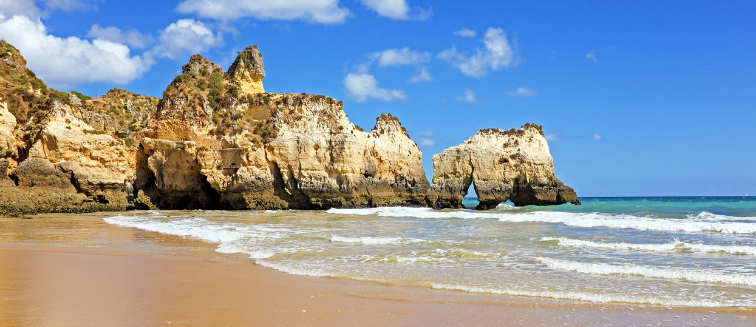
Algarve
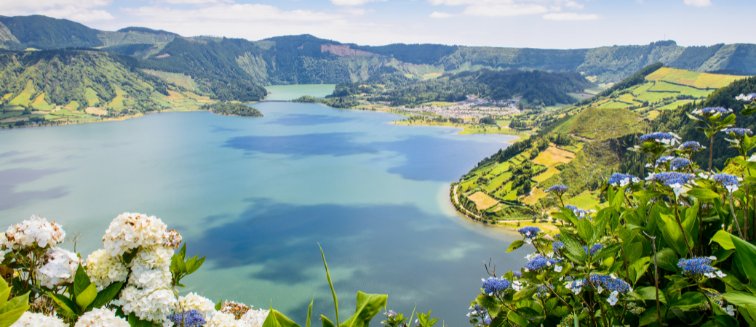
Azores
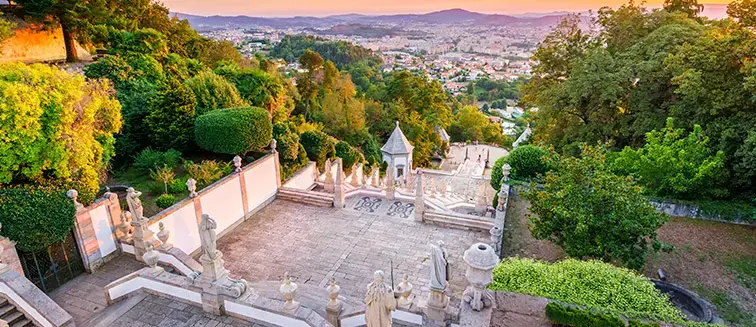
Braga

Cabo Girão
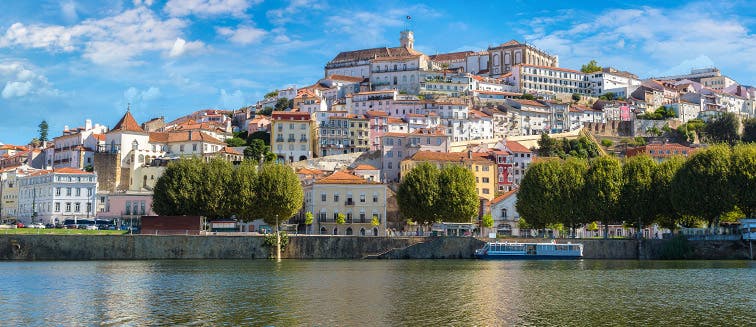
Coimbra

Curral das Freiras
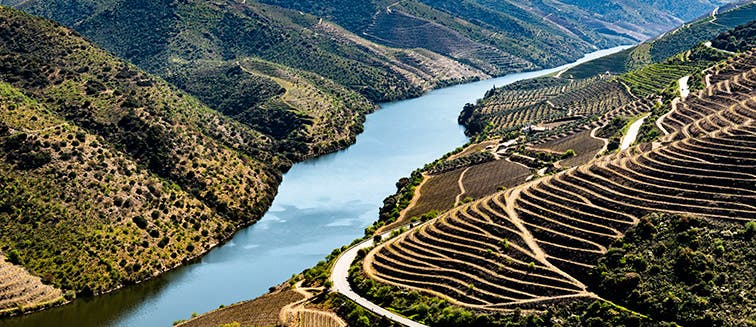
Douro River
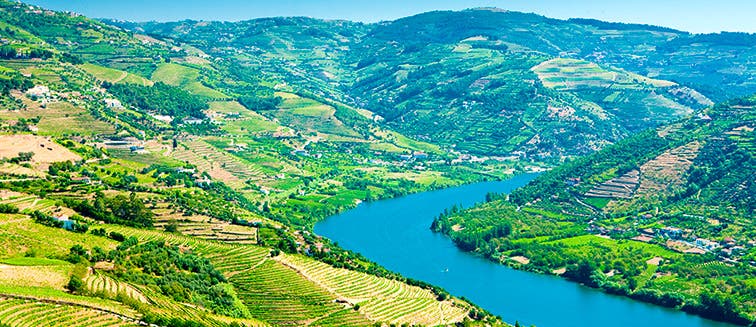
Douro Valley
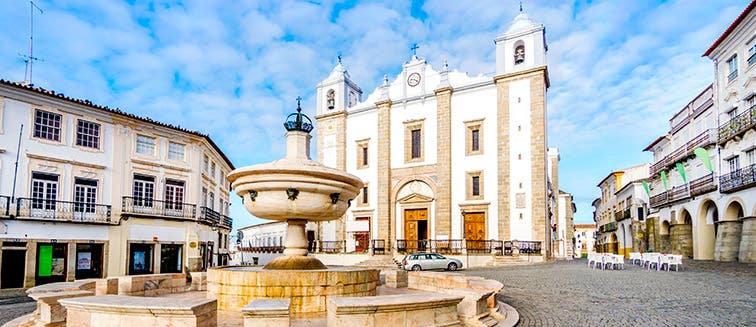
Evora
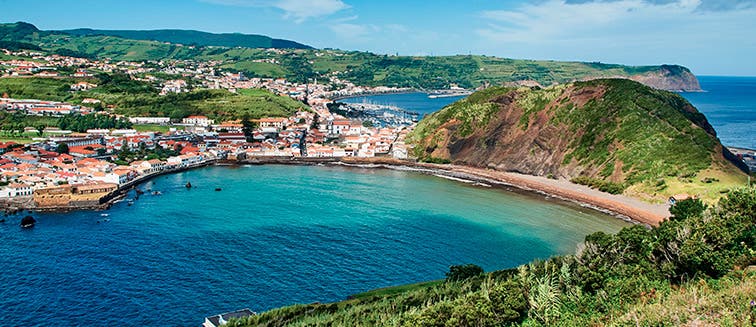
Faial Island
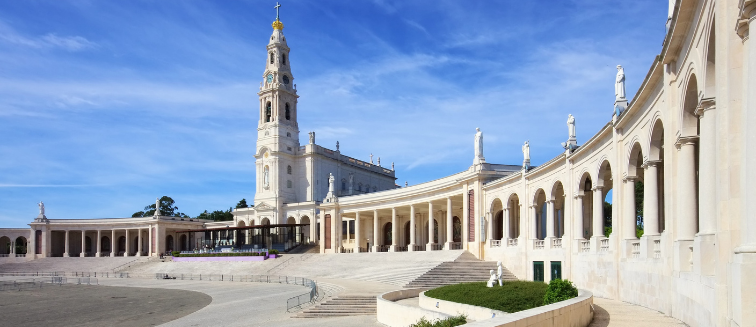
Fatima

Funchal
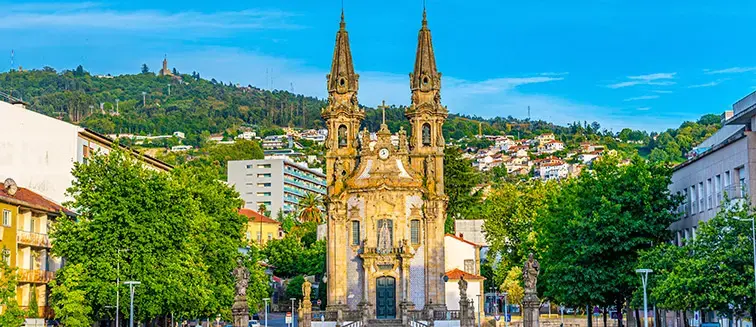
Guimaraes

Lagos
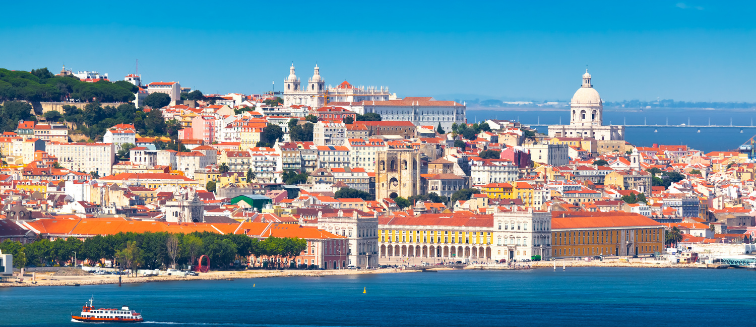
Lisbon

Machico
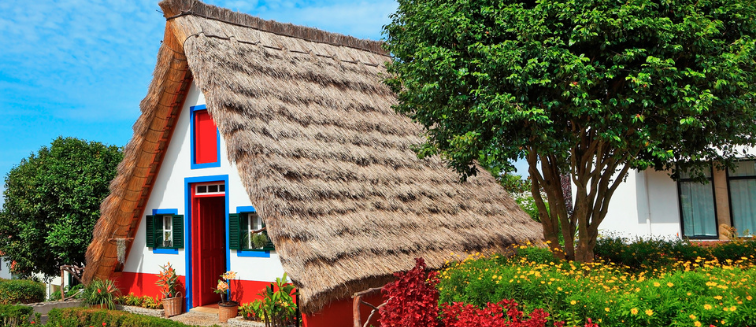
Madeira
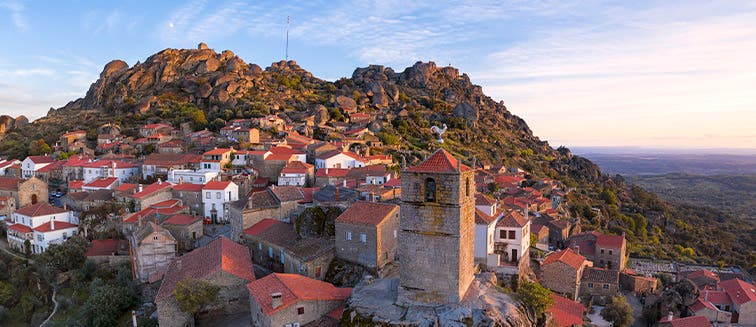
Monsanto
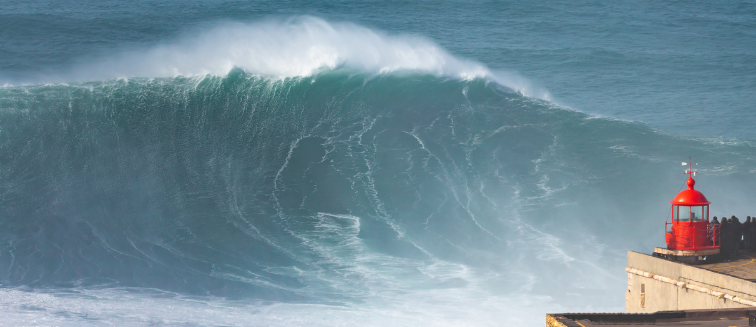
Nazarè
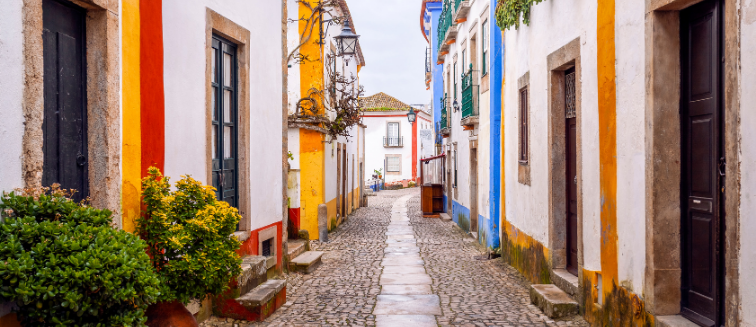
Obidos

Pico do Arieiro

Pico Island
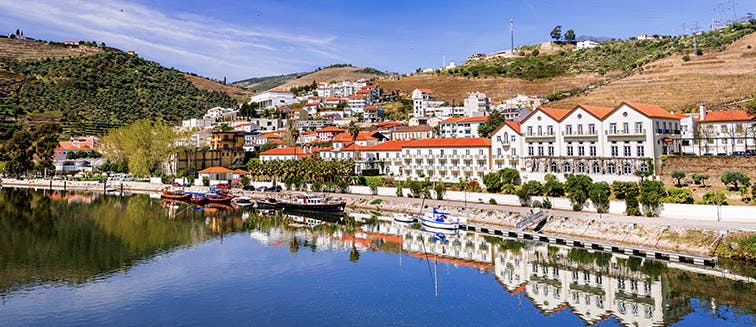
Pinhão
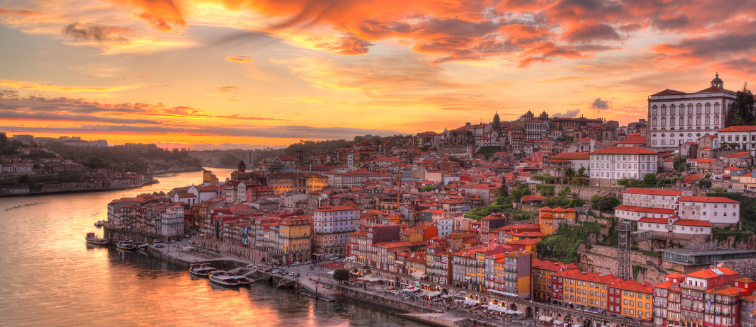
Porto

Porto Moniz
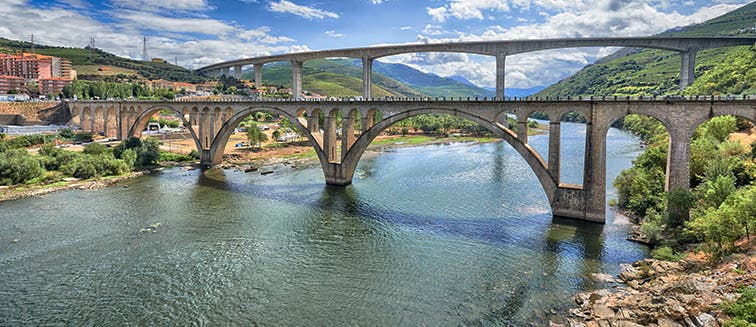
Régua

Santana
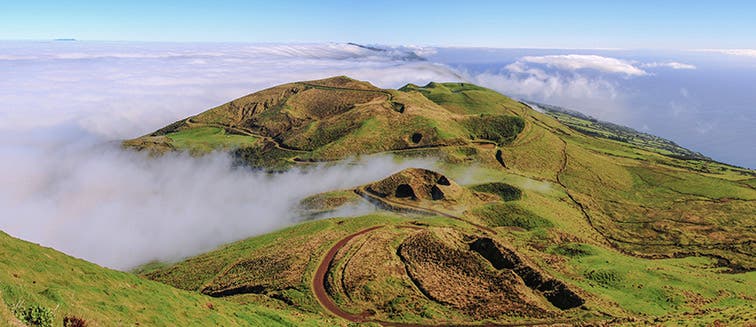
São Jorge Island

São Vicente
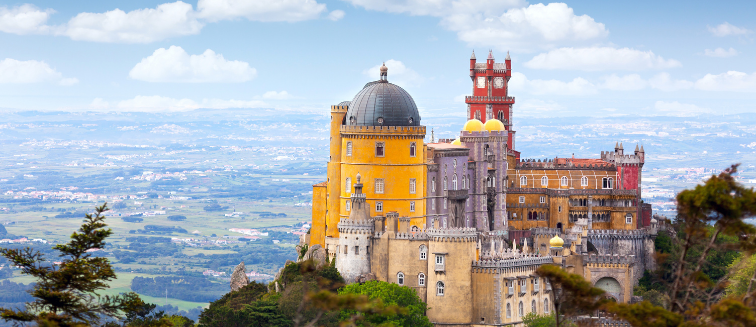
Sintra
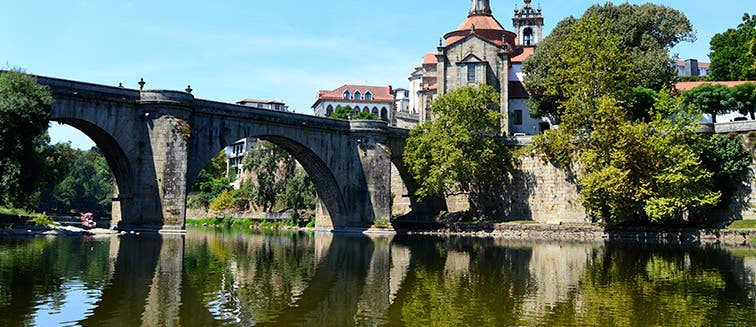
Tâmega River
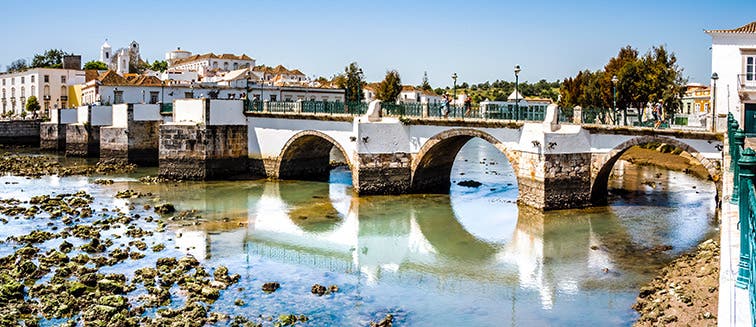
Tavira
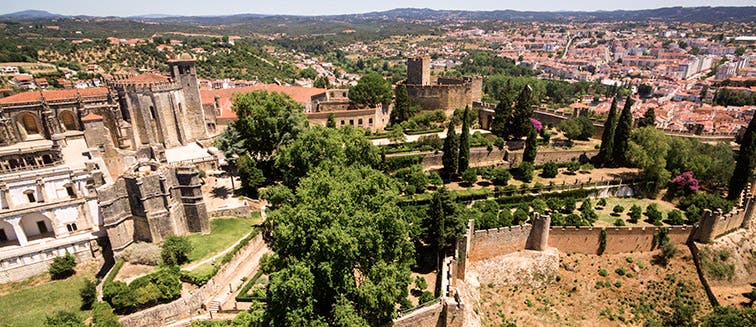
Tomar

Torre de Belem
Points of interests
- Trips to Albufeira
- Trips to Algarve
- Trips to Azores
- Trips to Braga
- Trips to Coimbra
- Trips to Curral das Freiras
- Trips to Douro Valley
- Trips to Evora
- Trips to Faial Island
- Trips to Fatima
- Trips to Guimaraes
- Trips to Lisbon
- Trips to Madeira
- Trips to Monsanto
- Trips to Nazarè
- Trips to Obidos
- Trips to Pico Island
- Trips to Pinhão
- Trips to Porto
- Trips to Porto Moniz
- Trips to Régua
- Trips to Santana
- Trips to São Jorge Island
- Trips to São Vicente
- Trips to Sintra
- Trips to Tavira
- Trips to Tomar
Other Points of interests
- Trips to A Rúa
- Trips to Agrigento
- Trips to Alberobello
- Trips to Alhambra
- Trips to Alsace
- Trips to Amalfi Coast
- Trips to Amsterdam
- Trips to Annecy
- Trips to Aran Islands
- Trips to Arzúa
- Trips to Assisi
- Trips to Athlone
- Trips to Avignon
- Trips to Barcelona
- Trips to Basque Country
- Trips to Bath
- Trips to Beaune
- Trips to Belfast
- Trips to Bermeo
- Trips to Biarritz
- Trips to Bilbao
- Trips to Blarney Castle
- Trips to Bologna
- Trips to Bordeaux
- Trips to Bristol
- Trips to Budapest
- Trips to Bunratty Castle
- Trips to Caen
- Trips to Cambridge
- Trips to Cannes
- Trips to Capri
- Trips to Catania
- Trips to Cefalu
- Trips to Chambord
- Trips to Chamonix-Mont-Blanc
- Trips to Champagne Wine Region
- Trips to Cinque Terre
- Trips to Cliffs of Moher
- Trips to Colmar
- Trips to Connemara National Park
- Trips to Consuegra
- Trips to Córdoba
- Trips to Cork
- Trips to Costa Dorada
- Trips to Covadonga
- Trips to Danube
- Trips to Delft
- Trips to Donegal
- Trips to Dublin
- Trips to Edinburgh
- Trips to El Born district
- Trips to Enniskillen
- Trips to Eze
- Trips to Florence
- Trips to French Riviera
- Trips to Galway
- Trips to Gaztelugatxe
- Trips to Getaria
- Trips to Giant's Causeway
- Trips to Girona
- Trips to Glasgow
- Trips to Gran Canaria
- Trips to Inverness
- Trips to Ischia
- Trips to Isle of Skye
- Trips to Keukenhof
- Trips to Kilkenny
- Trips to Killarney National Park
- Trips to Kinderdijk
- Trips to La Concha Beach
- Trips to La Rioja
- Trips to Lake Como
- Trips to Lecce
- Trips to Leeds
- Trips to Limerick
- Trips to Lisse
- Trips to Liverpool
- Trips to Loire Valley
- Trips to London
- Trips to Londonderry
- Trips to Lourdes
- Trips to Lyon
- Trips to Madrid
- Trips to Mallorca
- Trips to Manchester
- Trips to Matera
- Trips to Milan
- Trips to Monaco
- Trips to Mont Saint-Michel
- Trips to Montecatini Terme
- Trips to Montjuic
- Trips to Mosque of Cordoba
- Trips to Mulhouse
- Trips to Naples
- Trips to Nice
- Trips to Normandy
- Trips to Orvieto
- Trips to Oviedo
- Trips to Oxford
- Trips to Padua
- Trips to Palas de Rei
- Trips to Palermo
- Trips to Palma de Mallorca Old Town
- Trips to Paris
- Trips to Pisa
- Trips to Pompeii
- Trips to PortAventura
- Trips to Portomarín
- Trips to Positano
- Trips to Ragusa
- Trips to Reading
- Trips to Ring of Kerry
- Trips to Rock of Cashel
- Trips to Rome
- Trips to Ronda
- Trips to Rotterdam
- Trips to Salamanca
- Trips to San Sebastian
- Trips to Santander
- Trips to Santiago de Compostela
- Trips to Santuario de Loyola
- Trips to Sardinia
- Trips to Sarria
- Trips to Scottish Highlands
- Trips to Seine river
- Trips to Seville
- Trips to Sherwood Forest
- Trips to Sicily
- Trips to Sligo
- Trips to Sorrento
- Trips to Speyside
- Trips to St. Andrews
- Trips to Stamford
- Trips to Stirling
- Trips to Stonehenge
- Trips to Strasbourg
- Trips to Stratford-Upon-Avon
- Trips to Syracuse
- Trips to Tenerife
- Trips to The Hague
- Trips to Toledo
- Trips to Tours
- Trips to Trossachs
- Trips to Tuscany
- Trips to Valencia
- Trips to Venice
- Trips to Versailles
- Trips to Waterford
- Trips to Windsor
- Trips to York
- Trips to Zaragoza
- Trips to Zarauz
Countries Nearby
- Albania Trips
- Austria Trips
- Baltic States Trips
- Belgium Trips
- Croatia Trips
- Cyprus Trips
- Czech Republic Trips
- Denmark Trips
- England Trips
- Faroe Islands Trips
- Finland Trips
- France Trips
- Germany Trips
- Greece Trips
- Holland Trips
- Hungary Trips
- Iceland Trips
- Ireland Trips
- Italy Trips
- Liechtenstein Trips
- Montenegro Trips
- North Macedonia Trips
- Northern Ireland Trips
- Norway Trips
- Poland Trips
- Portugal Trips
- Romania Trips
- Russia Trips
- Scotland Trips
- Slovakia Trips
- Slovenia Trips
- Spain Trips
- Sweden Trips
- Switzerland Trips
- Ukraine Trips
- United Kingdom Trips
Trip Styles
- Greece Nature Tour Packages Trips
- Family Greece Trips
- Greece Tours for Couples Trips
- Iceland Nature Holiday Packages Trips
- Family Italy Trips
- Italy Tours for Couples Trips
- Epic Italy Nature Packages Trips
- Norway Nature Holiday Deals Trips
- Norway Couples Getaways Trips
- Portugal Nature Holiday Packages Trips
- Portugal Tours for Couples Trips
- Spain Nature Holiday Packages Trips
- Spain Tours for Couples with Exoticca Trips
- Switzerland Nature Tour Trips
- Switzerland Couples Tours Trips
Subscribe to our newsletter and join Exoticca GO
The best travel deals
Exclusive promotions
Expert travel tips